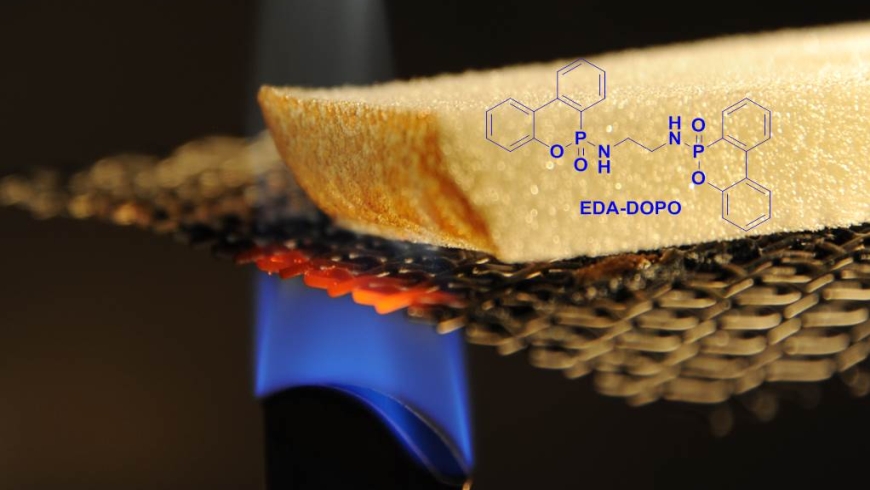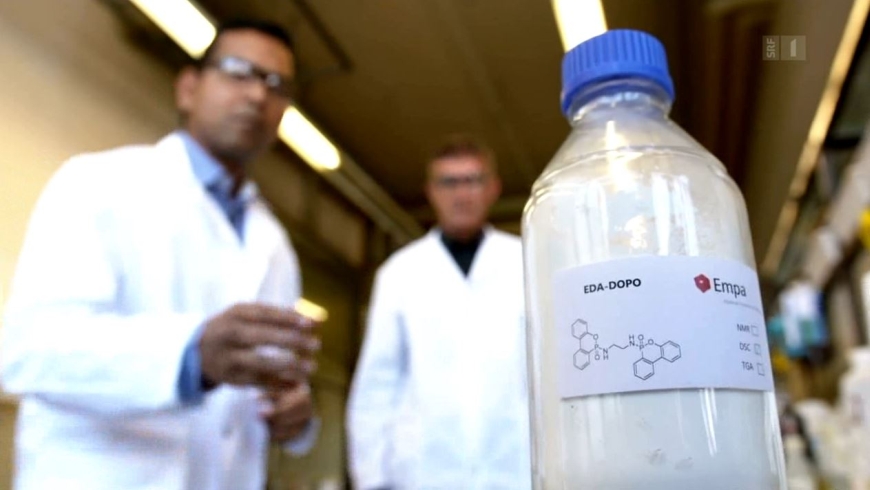Non-toxic ingredients
New flame retardant enters market

Non-Toxic

Mandatory for public areas

We encounter PU foams in many places in everyday life: They are in the insulation on house façades, fridges, car seats, living room sofas and shoe soles. PU is composed of carbon, hydrogen, nitrogen and oxygen atoms. The air trapped in the foam’s pores also contains oxygen. Therefore, the foam – like most organic polymers – is highly flammable and, depending on the requirements, needs to be equipped with flame retardants to curb the risk of fire. In recent decades, foam manufacturers tended to use chlorinated phosphates as flame retardants – low-priced substances that do not disrupt the production process.
However, many of these chlorinated flame retardants are toxic and can eventually evaporate from the foam and get into the ambient air. As a result, these substances are already banned in many countries. Industry is thus on the lookout for environmentally friendly, harmless alternatives. And it’s big business: Every year, around 20 million tons of PU foam are produced worldwide, the majority of which is supposed to be equipped with flame retardants.
EDA-DOPO satisfies economic and ecological criteria with flying colors and has achieved the highest flame retardant classification UL 94 HB. The flame retardant is also highly compatible with the production process for PU foams: It mixes well with polyol, a base material of PU foam, and forms a stable dispersion. The production process results in a foam with the solid flame retardant EDA-DOPO finely distributed in its pores.
-
Share
